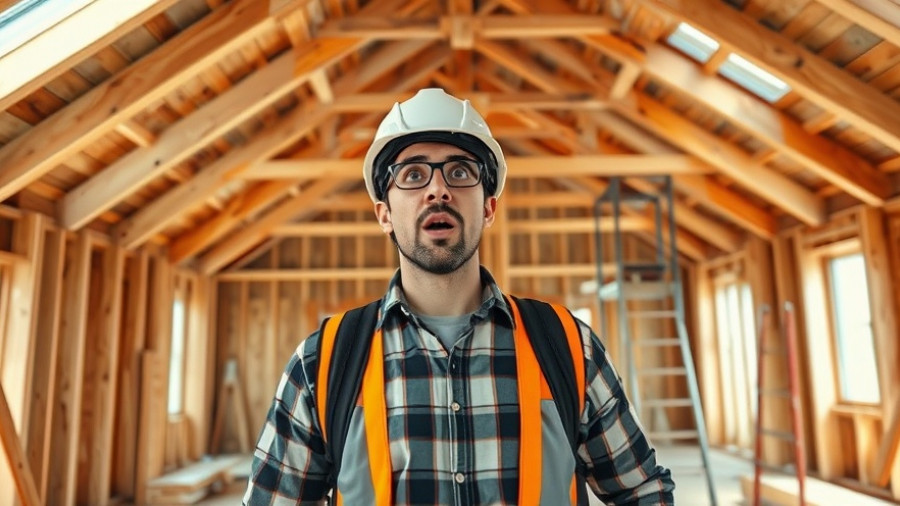
Do London Homeowners Need Planning Permission for Loft Conversions?
If you're a homeowner in London contemplating a loft conversion, one of your first questions is likely whether you need planning permission. Thankfully, the majority of loft conversions can proceed under permitted development rights, a government initiative aimed at simplifying the expansion of homes without the lengthy process of securing planning applications.
The Good News: Most Conversions Won't Need Permission
For most houses, converting your loft can be done without planning permission. This is especially true for terraced houses, where homeowners can add up to 40 cubic meters of additional roof space, and for detached or semi-detached houses, which allow up to 50 cubic meters. These limits typically cover most traditional loft conversions, including popular choices like rear dormers and Velux installations that fit within the roofline.
Important Criteria for 2025
To qualify for permitted development, your loft conversion must abide by several key criteria: use materials that match your existing house, keep the height within your current roofline, avoid adding windows facing side boundaries, maintain the same roof pitch, and stay within the stipulated volume limits. Meeting these conditions not only speeds up the process but also ensures a seamless integration with your home's exterior.
When Will You Absolutely Need Permission?
While most conversions can dodge planning permission, exceptions abound, particularly for specific types of properties in London. For instance, any loft conversion within a flat or maisonette will require planning permission, alongside approval from the freeholder. Similarly, structures located within conservation areas or those that are considered listed buildings will also necessitate permission for even the slightest modifications.
Understanding Conservation Areas and Listed Buildings
London boasts over 300 conservation areas, from the elegant Georgian structures of Bloomsbury to the charming streets of Hampstead. If your property is listed, which includes buildings of Grade I, II*, or II status, you’ll need to go through a more robust application process even for minor changes. The aesthetic and historical significance of your home is protected, reflecting the city’s rich architectural heritage.
Conclusion: Know Your Options Before Starting
Before you embark on your loft conversion journey, understanding whether you need planning permission is crucial. Doing so will save you time and potential headaches down the road. Whether you envision a stylish bedroom, a cozy office space, or even a game room, preparing ahead allows you to better navigate the complexities of local regulations.
If you're considering a loft conversion, don’t hesitate to reach out to local specialists who can guide you through the process smoothly. Your dream space is just a planning application away. For more insights and details on navigating the loft conversion journey, get started today!
 Add Row
Add Row  Add
Add 




Write A Comment